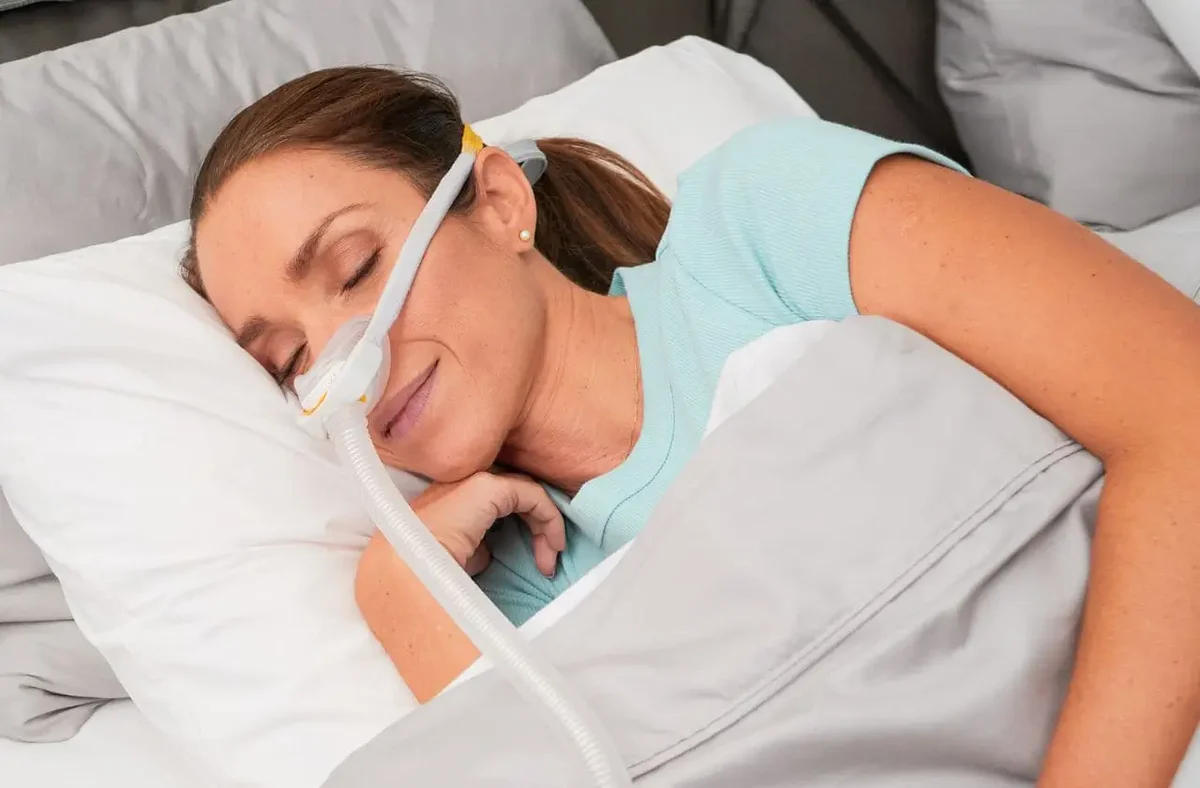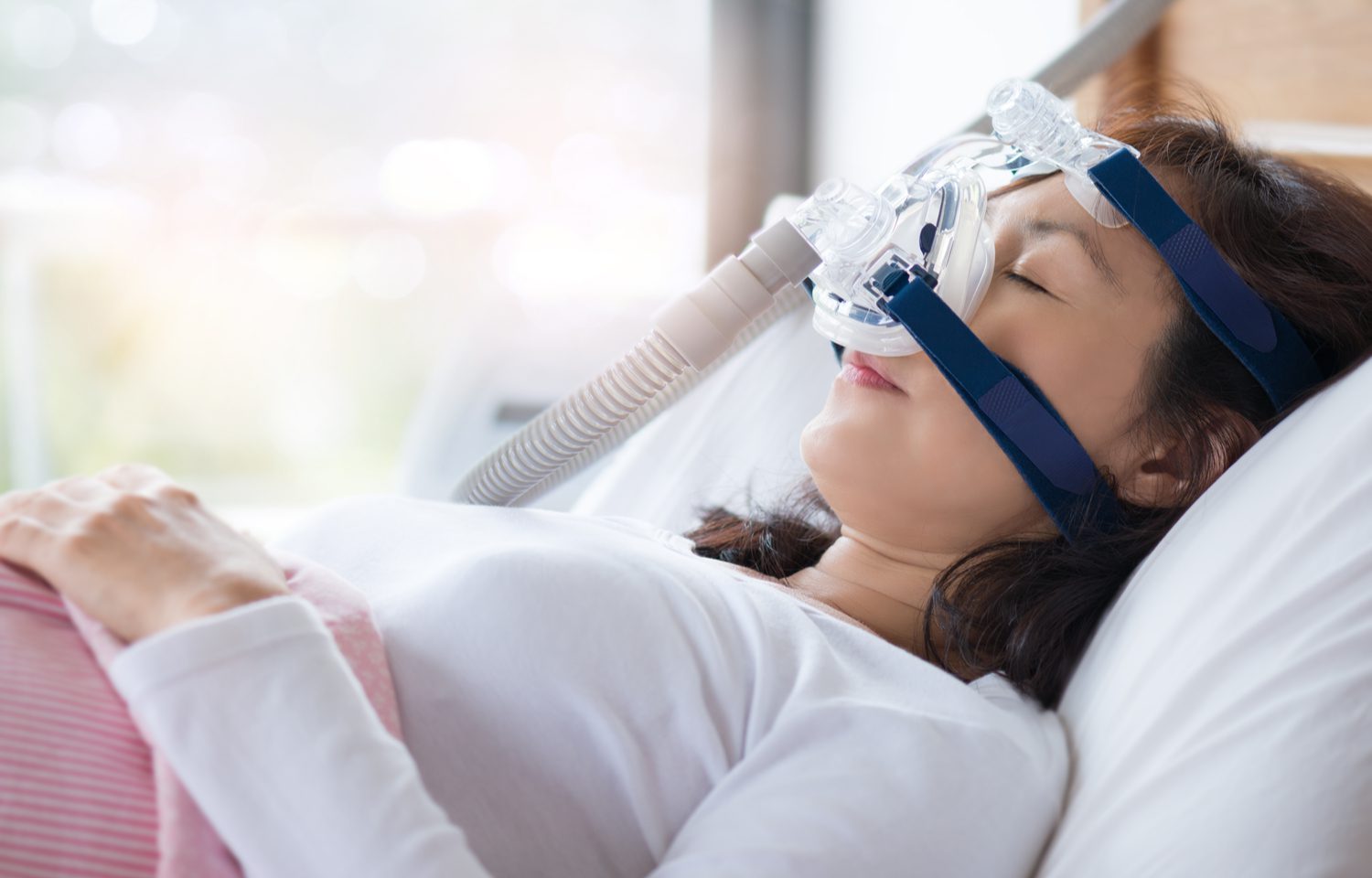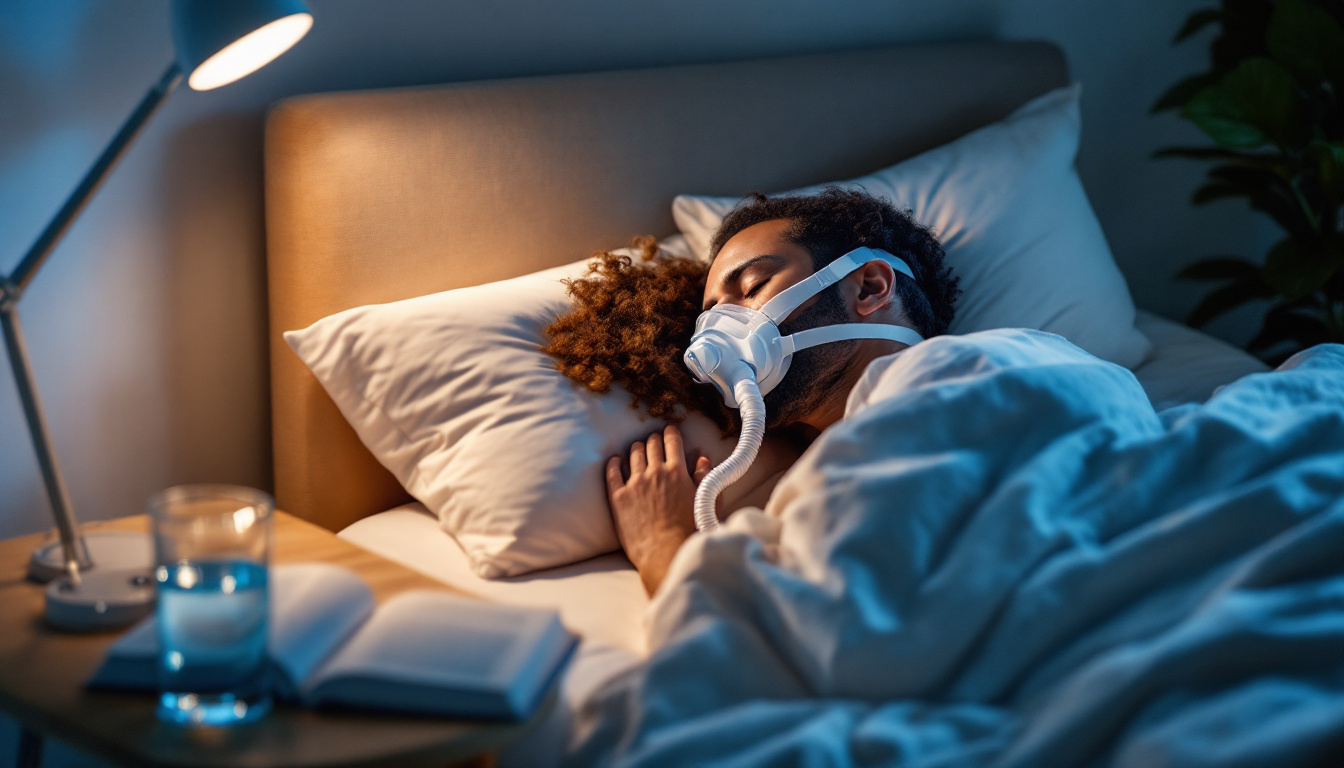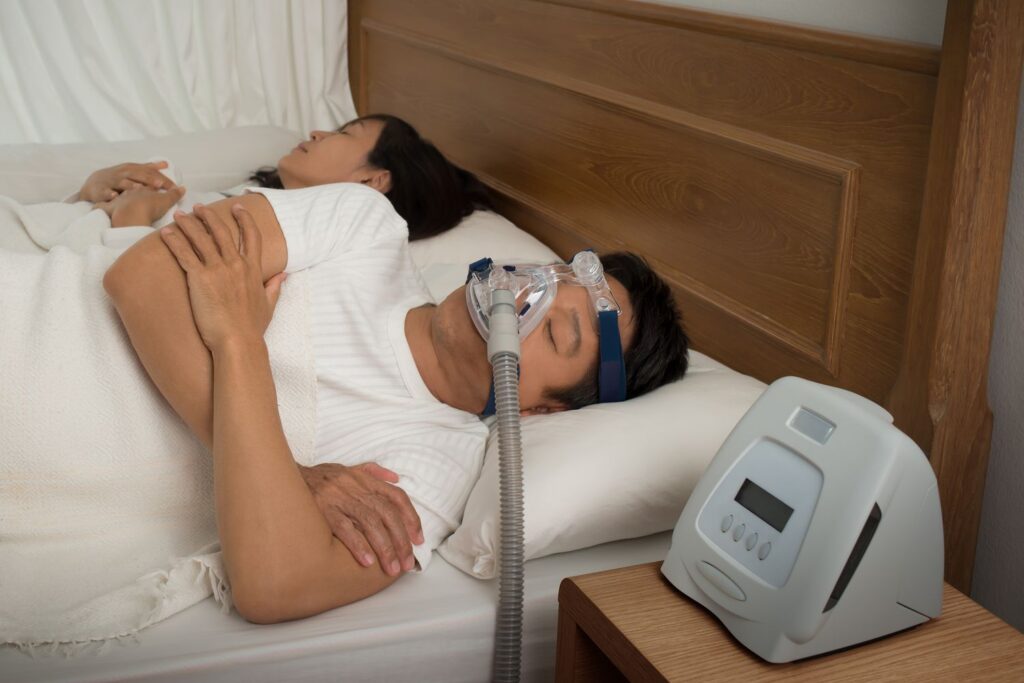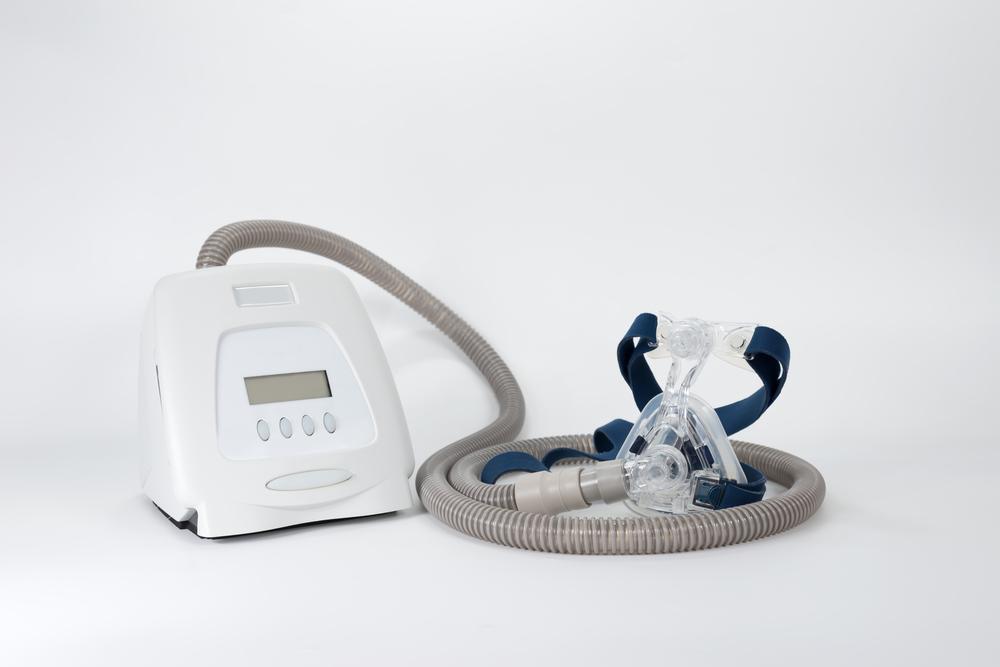In the quest for a good night’s sleep, many individuals find themselves facing the challenges of sleep apnoea. This condition, characterised by interrupted breathing during sleep, can lead to a myriad of health issues if left untreated. One of the most effective treatments for sleep apnoea is the Continuous Positive Airway Pressure (CPAP) machine. However, purchasing a CPAP machine is not a simple task; it requires careful consideration and understanding. This article will guide you through the essential factors to consider before making a purchase.
Understanding CPAP Machines
CPAP machines work by delivering a continuous stream of air through a mask that keeps the airway open during sleep. This treatment is crucial for those diagnosed with obstructive sleep apnoea, as it helps to prevent the airway from collapsing and ensures a steady flow of oxygen. Before diving into the specifics of buying a CPAP machine, it’s important to understand its components and how it functions.
Components of a CPAP Machine
A typical CPAP setup consists of several key components: the machine itself, a hose, and a mask. The machine generates air pressure, which is delivered through the hose to the mask. Masks come in various styles, including nasal masks, full-face masks, and nasal pillows, allowing users to choose the most comfortable option for their needs.
Additionally, many modern CPAP machines come equipped with built-in humidifiers to add moisture to the air, making it more comfortable for users, especially those who experience dryness or irritation in their airways.
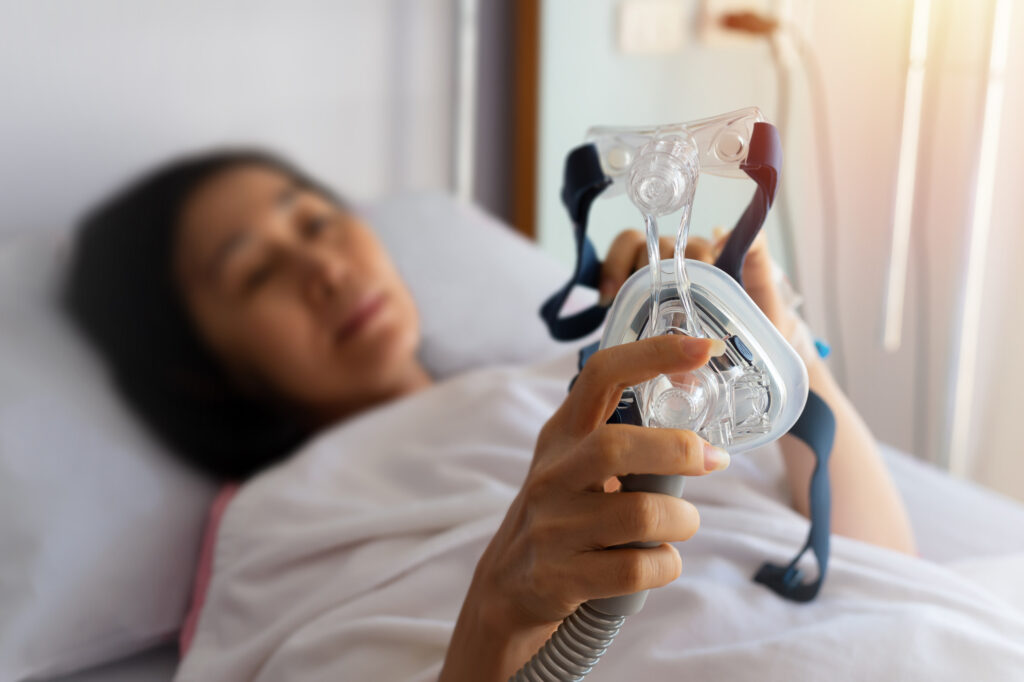
How CPAP Machines Work
The primary function of a CPAP machine is to maintain an open airway during sleep. When a person with sleep apnoea breathes in, the machine delivers a steady stream of air that prevents the throat muscles from collapsing. This not only reduces snoring but also helps to maintain adequate oxygen levels, leading to more restful and uninterrupted sleep.
Understanding how these machines work is crucial for users, as it can help alleviate concerns and misconceptions about their operation. Many users report significant improvements in their sleep quality and overall health after starting CPAP therapy.
Read more at: Discover the Top CPAP Machines for Easier, More Effective Sleep Therapy
Consultation and Prescription
Before purchasing a CPAP machine, it is essential to consult with a healthcare professional. A proper diagnosis of sleep apnoea typically involves a sleep study, which can be conducted in a sleep clinic or at home. This study assesses the severity of the condition and helps determine the appropriate treatment.
Importance of a Sleep Study
A sleep study, or polysomnography, monitors various bodily functions during sleep, including brain activity, eye movement, heart rate, and breathing patterns. This comprehensive assessment provides valuable insights into the severity of sleep apnoea and helps healthcare providers recommend the most suitable treatment options. Learn more about breathing on https://medicine.yale.edu/news-article/the-power-of-the-breath/
Once diagnosed, a healthcare provider can prescribe the right type of CPAP machine and settings tailored to the individual’s needs. This personalised approach is critical for ensuring effective treatment and improving overall sleep quality.
Choosing the Right CPAP Machine
There are various types of CPAP machines available, each designed to cater to different needs. Some machines offer auto-adjusting pressure settings, while others provide a fixed pressure. Understanding these differences can help users select the most appropriate device for their condition.
Additionally, consider factors such as portability, noise levels, and ease of use. For instance, those who travel frequently may benefit from a lightweight, compact model that is easy to pack and set up. On the other hand, individuals who prioritise quiet operation may want to look for machines specifically designed to minimise noise.
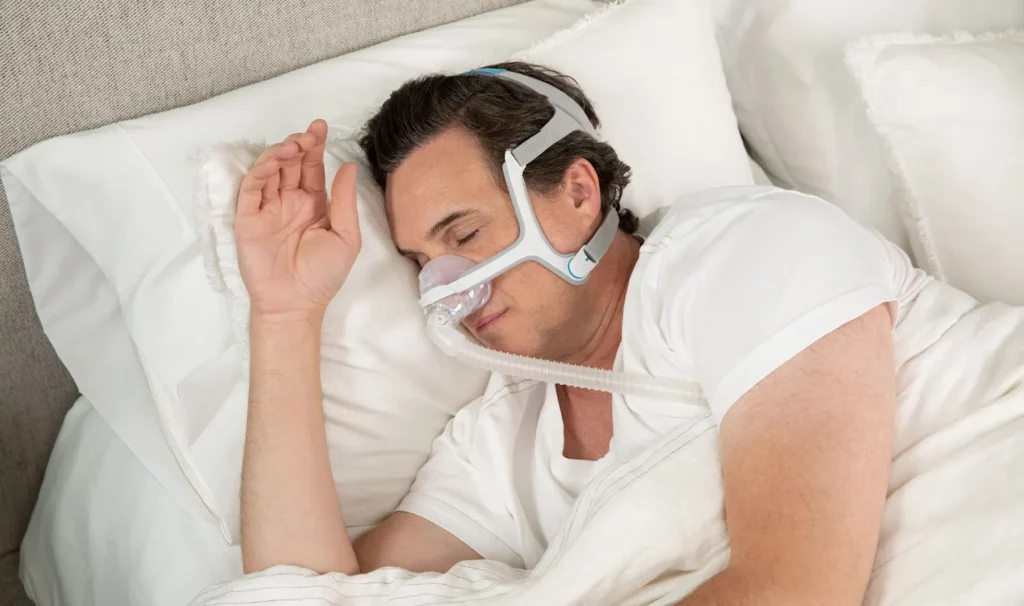
Mask Selection
The mask is arguably one of the most important components of a CPAP system. A poorly fitting mask can lead to discomfort, air leaks, and reduced effectiveness of the therapy. Therefore, choosing the right mask is essential for a successful CPAP experience.
Types of CPAP Masks
There are three main types of CPAP masks: nasal masks, full-face masks, and nasal pillows. Nasal masks cover the nose and are ideal for those who breathe through their nose during sleep. Full-face masks cover both the nose and mouth, making them suitable for mouth breathers or individuals with nasal congestion. Nasal pillows, on the other hand, are smaller and fit directly into the nostrils, providing a less obtrusive option.
When selecting a mask, it’s important to consider comfort, fit, and personal preference. Many suppliers offer a variety of sizes and styles, allowing users to try different options to find the best fit. A well-fitting mask can significantly enhance the overall CPAP experience.
Ensuring a Proper Fit
To ensure a proper fit, it is advisable to consult with a healthcare provider or a CPAP supplier who can assist in measuring and fitting the mask. A good seal is crucial to prevent air leaks, which can disrupt therapy and lead to discomfort. Regularly checking the fit and making adjustments as necessary can also help maintain effectiveness over time. Click here to find more about discomfort.
Maintenance and Care
Proper maintenance of a CPAP machine and its components is vital for ensuring longevity and optimal performance. Regular cleaning and care can also help prevent infections and other complications associated with improper hygiene.
Cleaning the CPAP Machine
It is recommended to clean the CPAP machine, including the mask, hose, and water chamber, on a regular basis. Most manufacturers suggest cleaning these components daily or at least weekly, depending on usage. Mild soap and warm water are typically sufficient for cleaning, but it’s important to follow the manufacturer’s guidelines for specific cleaning instructions.
Additionally, replacing parts such as the mask and hose periodically is essential. Over time, these components can wear out or become less effective, so regular replacement ensures continued efficacy of the therapy.
Monitoring Your Progress
After starting CPAP therapy, it’s important to monitor progress and any changes in sleep quality. Many modern CPAP machines come equipped with data tracking features that provide insights into usage patterns, including hours of use and any apnoea events. This information can be invaluable for discussions with healthcare providers and can help determine if adjustments to the therapy are needed.
Insurance and Financial Considerations
Purchasing a CPAP machine can be a significant financial investment, so it’s essential to consider insurance coverage and potential out-of-pocket costs. Many insurance plans cover CPAP therapy, but the extent of coverage can vary widely.
Understanding Insurance Coverage
Before purchasing a CPAP machine, it is advisable to check with your insurance provider to understand what is covered. Some plans may require prior authorisation or specific documentation, such as a prescription from a healthcare provider. Knowing these details can help avoid unexpected expenses.
Additionally, some suppliers offer financing options or payment plans, making it easier to manage the costs associated with CPAP therapy. Exploring these options can alleviate some of the financial burden and ensure access to the necessary equipment.
Budgeting for Accessories
In addition to the CPAP machine itself, there are various accessories that may be necessary, such as replacement filters, hoses, and cleaning supplies. Budgeting for these items is crucial, as they contribute to the overall effectiveness of the therapy. Being prepared for these additional costs can help ensure a smooth transition into CPAP therapy.
Conclusion
Investing in a CPAP machine can be a life-changing decision for individuals suffering from sleep apnoea. By understanding the components, consulting with healthcare professionals, and considering factors such as mask selection and maintenance, users can make informed choices that lead to better sleep and improved health.
As with any medical treatment, it’s essential to approach CPAP therapy with the right mindset and a commitment to following through with the necessary steps. With the right equipment and support, restful nights and rejuvenated days are within reach.

